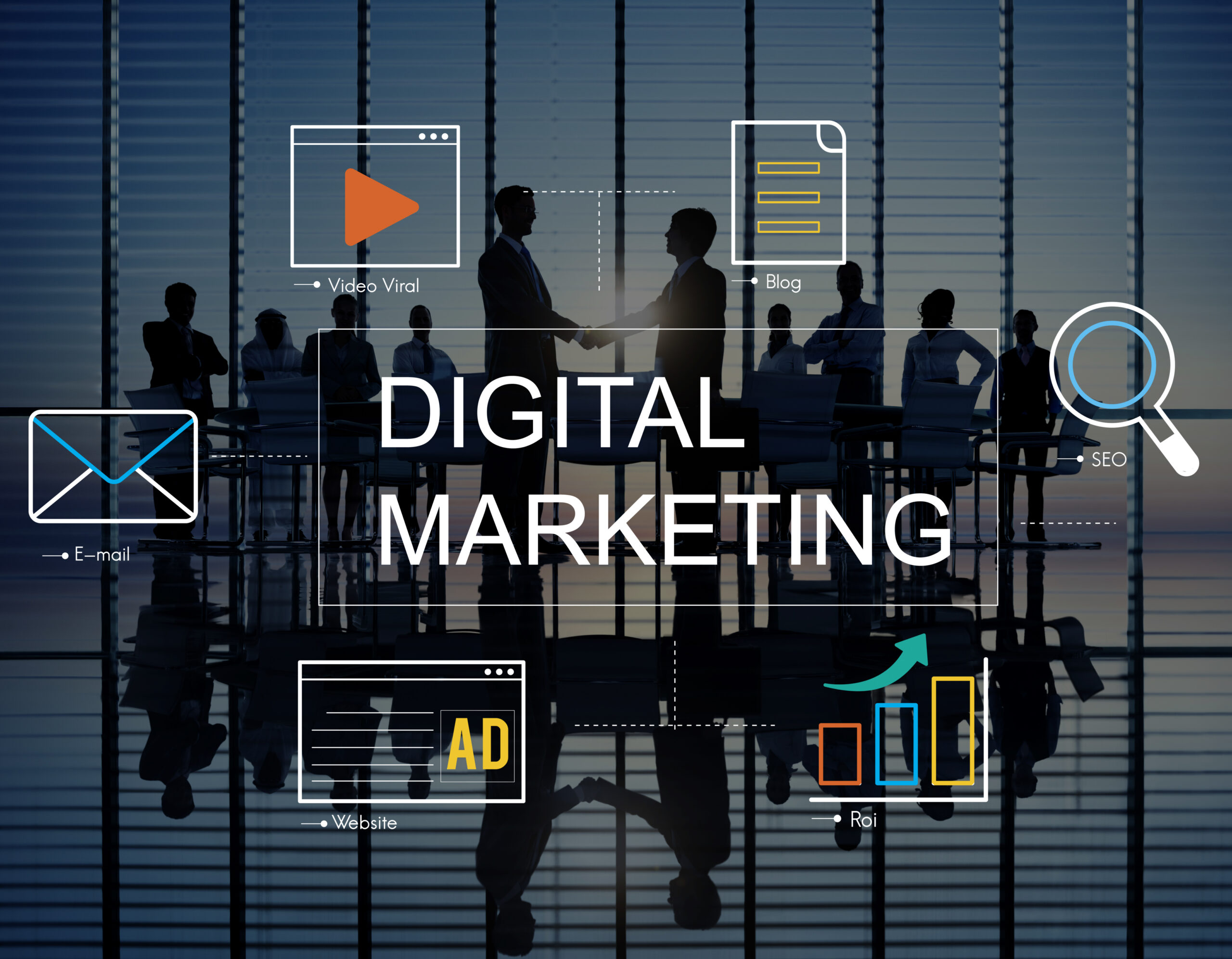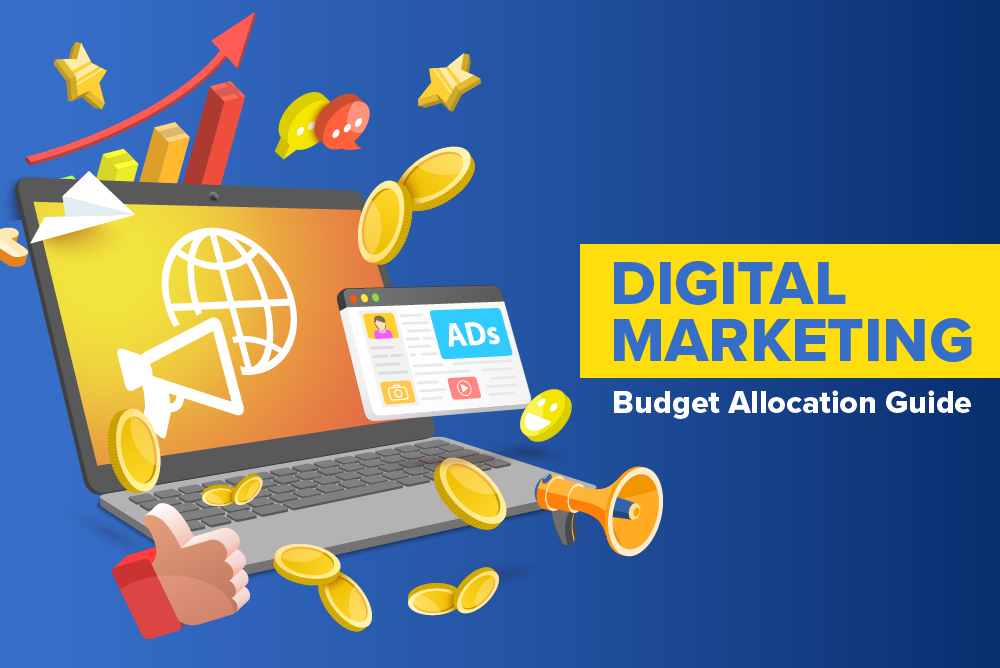Digital marketing and advertising are two closely related terms in the world of online promotion, but there are distinct differences between them that are crucial to understand for anyone involved in the digital realm.
Digital marketing encompasses a broader spectrum of activities aimed at promoting products or services online, including not only advertising but also content marketing, social media engagement, email marketing, SEO, and more. It focuses on building brand awareness, establishing a strong online presence, and nurturing customer relationships. On the other hand, advertising within the digital landscape specifically refers to paid promotional activities such as display ads, pay-per-click campaigns, and social media ads.
While both digital marketing and advertising share the common goal of reaching and engaging a target audience, their approaches and strategies differ significantly. Understanding these differences is vital for businesses looking to maximise their online presence and achieve their marketing objectives.
Key Differences Between Digital Marketing And Advertising
1. Scope and focus
Digital marketing is a multifaceted process encompassing diverse strategies like content marketing, SEO, and social media, while digital advertising is a subset solely dedicated to paid promotions with the primary aim of driving sales.
2. Control
Companies maintain full control over digital marketing, allowing flexibility in strategy adjustments, whereas digital advertising aligns with overarching marketing decisions, often offering less immediate adaptability.
3. Return on investment (ROI)
Email marketing strategy, a part of digital marketing, boasts the potential for the highest ROI, whereas digital advertising concentrates on achieving sales and conversion goals.
4. Objectives
Digital marketing pursues various objectives, including brand awareness, market expansion, customer engagement, and sales improvement, whereas digital advertising primarily targets online sales and conversions.
5. Success and failure
The outcome of digital advertising campaigns doesn’t necessarily reflect the overall success or failure of digital marketing, as the latter operates on a broader spectrum beyond ads and promotions.
6. Strategic vs. tactical
Digital marketing is inherently strategic, involving complex planning, market research, and understanding of human behaviour, while digital advertising is more focused on executing marketing strategies and activities.
7. Continuity
Digital marketing is an ongoing, integral part of a company’s strategy, while digital advertising can be paused or halted for a specific period, making it a temporary tactic.
8. Brand development vs. awareness
Digital marketing contributes to the long-term growth and development of a brand, emphasising customer relationships, while digital advertising primarily aims to create brand awareness and inform people about products or services.
Understanding Digital Marketing

What is digital marketing?
At its core, digital marketing is the strategic utilisation of digital technologies to market products and services. It involves a multifaceted approach that not only aims to increase product outreach but also seeks to comprehend the challenges faced by the audience and provide solutions from their perspectives. The process begins with meticulous planning, analysing costs, understanding customer requirements, and addressing other relevant concerns. This comprehensive groundwork is then followed by selecting the most suitable promotional activities, primarily accomplished through digital advertising channels. Ultimately, the success of digital marketing is measured by its impact on sales and conversions.
Common platforms and strategies in digital marketing
Digital marketing offers a diverse array of platforms and strategies to effectively connect with target audiences. Some common platforms include social media networks, search engines, email marketing, and content marketing through blogs and websites. Strategies within digital marketing encompass search engine optimisation (SEO) to enhance online visibility, content creation to engage and inform, social media management for audience interaction, and email campaigns for direct communication. By harnessing these platforms and strategies, businesses can tailor their approach to suit their objectives and engage with their audience on multiple fronts, ensuring a robust online presence and successful marketing outcomes.
Features of digital marketing
Digital marketing stands out as a focused, targeted method of connecting with audiences, distinct from the broader scope of digital advertising. Its key features include:
- Problem-centric approach: Digital marketing places a strong emphasis on addressing specific problems faced by individuals. By directly answering their queries and offering solutions to their issues, it significantly enhances the likelihood of generating sales. This problem-centric approach aligns digital marketing strategies with the needs and concerns of the target audience.
- Expansion and accessibility: One of the remarkable features of digital marketing is its capacity to transcend geographical limitations. It not only expands an organisation’s business reach but also provides accessibility to individuals residing in remote or underserved areas. Through digital channels, even those with limited resources can access products and services, thereby bridging the gap between businesses and potential customers.
- Flexibility and diverse options: Digital marketing offers a wide array of methods and platforms for marketing products. The digital landscape has made it increasingly convenient to reach audiences across the globe, providing businesses with flexible options to master their digital marketing strategies. From social media to email marketing, content marketing to search engine optimisation, digital marketing presents a versatile toolkit for organisations to choose from based on their objectives and audience preferences.
Exploring Digital Advertising
What is digital advertising?
Digital advertising can be best described as a tactical application of marketing within the broader domain of digital marketing. It serves as a means to directly reach users and captivate their attention. Its primary objective is to encourage user engagement, create awareness, and disseminate information about a company’s services and products. Unlike traditional advertising, which relies on offline mediums like magazines and newspapers, digital advertising leverages digital platforms and technologies to connect with a digital-savvy audience.
Common platforms and strategies
Digital advertising predominantly utilises widely used online platforms, including social media, search engines, and video-sharing platforms. The plethora of ad users encounter while browsing the internet is a testament to the prevalence of digital advertising. Some common strategies employed in digital advertising include social media advertising, Pay-Per-Click (PPC) ads, and Display ads. These strategies are designed to target specific audiences and drive desired actions, such as clicks, conversions, or brand awareness.
Features of digital advertising
- User annoyance and effectiveness: Digital advertising often teeters on the fine line between being effective and annoying to users. For example, compulsory ads with the option to skip after a few seconds or unskippable ones can be quite bothersome to many users. In response, some users resort to installing ad-blocking software to circumvent these interruptions. Surprisingly, companies are aware of this annoyance factor, but they continue to invest in such ads because they often yield substantial returns on investment. This paradox underscores the effectiveness of digital advertising, even when users may find it intrusive.
- Creating interest and engagement: One of the primary functions of digital advertising is to pique the audience’s curiosity. Presenting intriguing problems or suspenseful stories, makes users crave more information. Effective digital ads engage the audience by tapping into their current concerns, prompting them to contemplate the advertised product or service as a potential solution.
- Alignment with user needs: Successful digital advertising often aligns itself with the current problems and challenges that users face. This connection sparks a thought process among users, encouraging them to consider the relevance of the advertised product or service in addressing their needs.
Unlocking Digital Success with First Page Digital Marketing and Advertising Services
The world of digital marketing and advertising is a dynamic and ever-evolving landscape. Understanding the differences between digital marketing and digital advertising is crucial for businesses aiming to navigate this terrain effectively. Digital marketing, with its strategic problem-solving approach and focus on audience engagement, empowers companies to build lasting relationships and drive business growth. On the other hand, digital advertising tactically reaches users, promoting awareness and engagement through various online platforms. To harness the full potential of digital marketing, consider partnering with a seasoned expert like First Page, one of the best digital marketing agencies in Singapore. With our comprehensive suite of digital marketing services, including SEO, social media marketing, and more, we can help businesses thrive in the digital realm, ensuring a prominent online presence and success in today’s competitive market.

















